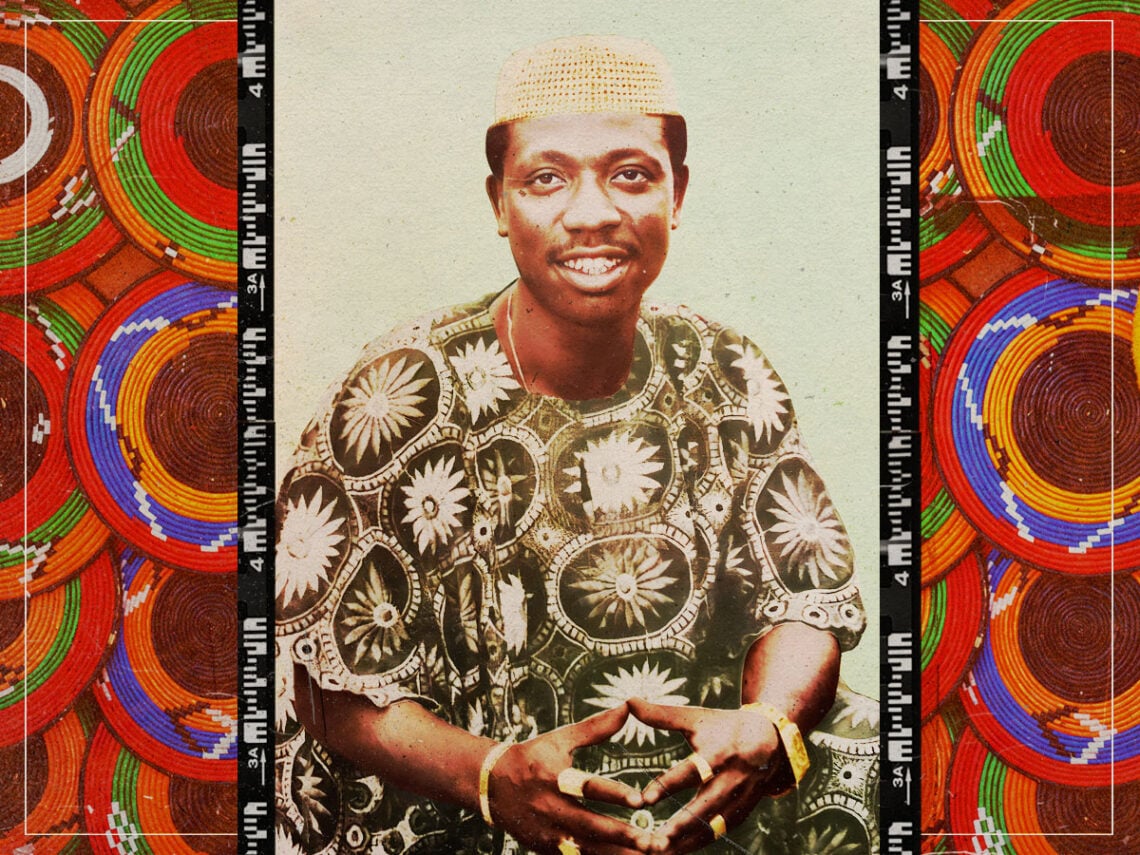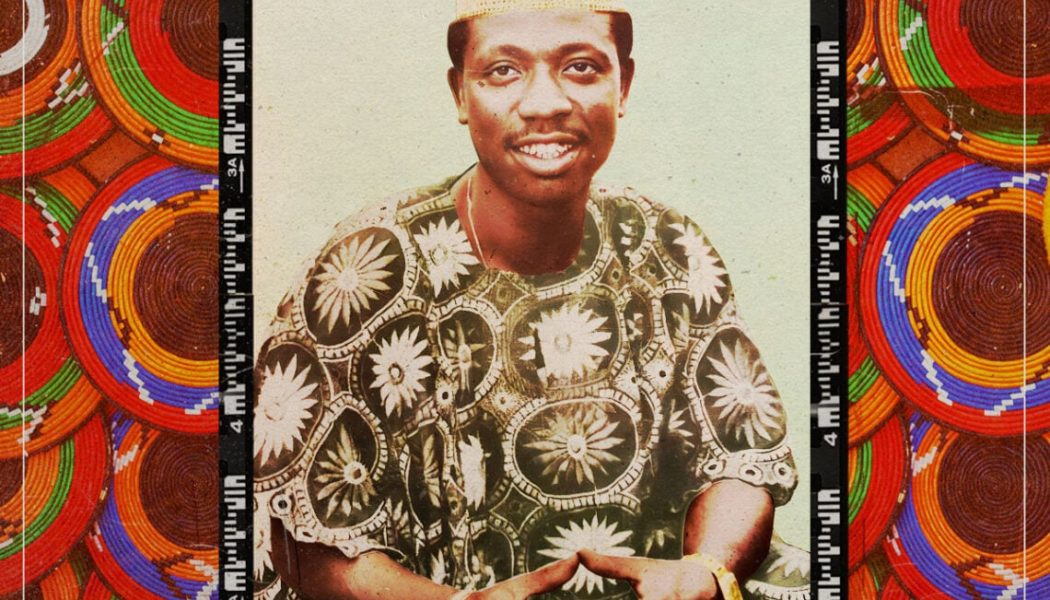
(Credits: Far Out / Album Cover)
Much of the world’s greatest music output has its roots in the continent of Africa. Music has been an integral part of culture and society across the continent for centuries, with Nigeria, in particular, being a beacon of musicality. From the unforgettable political activism of Fela Kuti, the synth pioneer William Onyeabor and, in more recent years, the global popularity of Burna Boy’s Afrobeat fusion, Nigeria has always seemed to be flying the flag for African music on a global scale.
Obviously, it would be narrow-minded to view Nigerian music as a genre in itself since the country’s musicians have explored a vast range of styles and genres over the years. One of the most joyous genres to come from Nigeria is Fuji music. The genre has its roots in Yoruba wéré music, an improvisational musical style performed by Muslims during Ramadan in order to keep Yoruba Muslims awake to eat Sahur before dawn.
Wéré music has origins dating back hundreds of years, but Fuji music rose to prominence in the 1950s. The term ‘Fuji music’ itself was coined by singer-songwriter Alhaji Sikiru Ayinde Barrister, who apparently gave the genre its name after seeing a poster of Mount Fuji in Japan while in an airport. The singer gained notoriety through his performances during Ramadan celebrations in the ’50s.
As a musical style, Fuji came to the forefront after Nigeria gained independence from British rule in 1960. Ayinde Barrister is said to have pioneered Fuji music as a way of continuing to perform a wéré-adjacent musical style after Ramadan had ended. Known for its enthusiastic uptempo style, Fuji music quickly blossomed from a unique type of wéré into a huge and varied musical scene, taking the entire nation by storm. Such was the popularity of the music that there were cases of Fuji musicians developing rivalries, leading to clashes between fans and rival groups competing against each other, not too dissimilar from the sound system clashes in Jamaica.
With Fuji developing as various different artists around Nigeria gave their own interpretations of the style, the genre soon spread out of Nigeria and to the rest of the world. Nevertheless, Fuji was still performed predominantly with local Nigerian instruments with lyrics in the beautiful language of Yoruba.
The 1960s and ’70s were a tumultuous time politically. A civil war which erupted in the ’70s led to widespread social unrest and the mass slaughter of certain religious groups. A culturally and religiously conservative nation at the time, Fuji music became associated with the lower classes. Musicians like Ayinde Barrister began to use the genre as a means of speaking out against the oppression he and other Muslims faced in Nigeria at the hands of the military government and ruling classes. What had once been a music of celebration and joy had adapted to be a way of discussing the socio-economic issues inherent in the country and calling for freedom.
Fuji music lives on in the modern day, though it has adapted to accommodate modern tastes. In the early 2000s, artists like Wasiu Alabi Pasuma incorporated American hip-hop and English slang into the Fuji sound. Although this received criticism from purists, it also helped to endear a younger generation towards the traditional sounds of Fuji. The music, which has its roots in indigenous and religious celebration, remains one of Nigeria’s most popular musical genres and continues to inspire musicians across the world.









